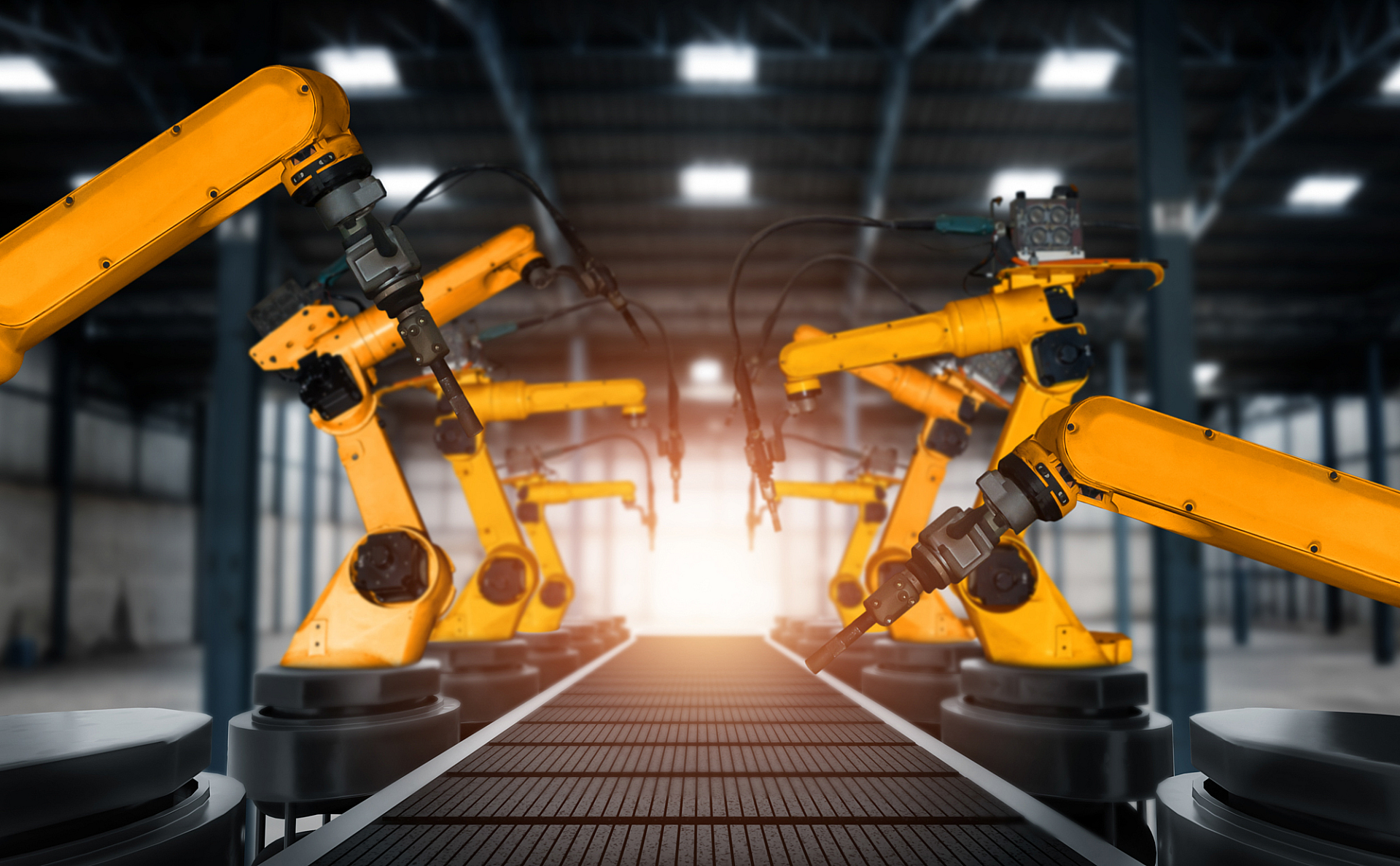From isolated systems to connected intelligence
Industries are shifting from legacy OT to intelligent, connected systems powered by IIoT, AI, and edge computing. This unlocks real-time insights, reduces downtime, and boosts efficiency. The results are tangible: a Dutch brewery improved efficiency by 10% and cut losses by 11% using IIoT. In logistics and energy, AI-driven analytics are optimizing performance and cutting emissions. Bridging IT and OT requires a secure, phased approach. With hybrid architectures, businesses gain speed, resilience, and a competitive edge—built for the digital future.
Cybersecurity & resilience: Protecting critical operations
As IT and OT converge, cybersecurity has become a core business priority. One weak spot can disrupt entire operations—making resilience non-negotiable. Real-time threat detection, AI-driven monitoring, and zero-trust architecture help safeguard performance without slowing it down. A major European harbour proved it: migrating radar systems to a private cloud ensured 100% compliance and zero downtime. In today’s connected world, security is more than protection—it’s a strategic advantage.
Industrial IoT as a business driver
IIoT is reshaping operations—optimizing production, boosting efficiency, and cutting costs. But raw data alone isn’t enough; the value lies in real-time intelligence. With edge computing and analytics, businesses can act on data instantly. One food processor saved €525 per line by using remote monitoring to streamline its supply chain. Smart IIoT strategies turn data into impact—and give businesses a competitive edge.
AI & predictive analytics
AI is transforming operations—enabling predictive maintenance, smarter decisions, and leaner processes. When paired with reliable OT data, it helps prevent failures, cut costs, and boost efficiency. Success depends on data quality and human oversight. With regular validation, AI delivers real, actionable insights. One European logistics provider used AI to more than double parcel throughput while cutting IT costs by 10%. AI isn’t just automation—it’s a strategic driver of smarter, faster operations.
Sustainability & energy efficiency
Sustainability is now a business imperative—but making it pay off requires real-time insights and smart tech. By connecting IT and OT, companies can use IoT and automation to cut energy waste, boost efficiency, and drive returns. A European grid operator did just that—using AI forecasting to optimize electricity flow, reduce impact, and lower costs. Sustainability isn’t just compliance—it’s a path to resilience and long-term value.
Engineering IT/OT convergence
Modern industrial systems demand more than just connectivity—they require a strategic, secure, and scalable IT/OT integration that delivers tangible business outcomes. As automation, AI, and edge computing reshape industries, a well-executed IT/OT strategy becomes a competitive differentiator rather than a technical challenge.We focus on building architectures that seamlessly integrate IT and OT while maintaining operational resilience and business agility:
- Strategic IT/OT roadmap – Aligning integration efforts with corporate strategy, ensuring technology investments drive measurable ROI and long-term growth.
- Solid tech stack – Architectures that prioritize interoperability, low-latency data processing, and future-proof scalability across distributed environments.
- Built-in cybersecurity & compliance – Security frameworks designed to protect critical infrastructure from evolving threats while maintaining regulatory compliance.
- Change management – Upskilling teams to operate in a converged IT/OT landscape, ensuring smooth adoption without disrupting operations.
- Continuous data-driven optimization – Leveraging real-time analytics and automation to enhance efficiency, reduce downtime, and improve decision-making at every level.

